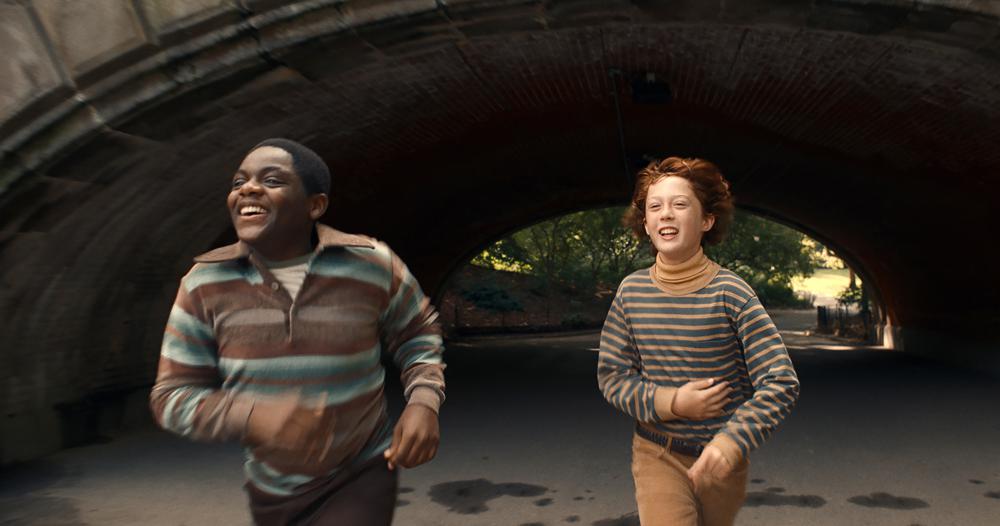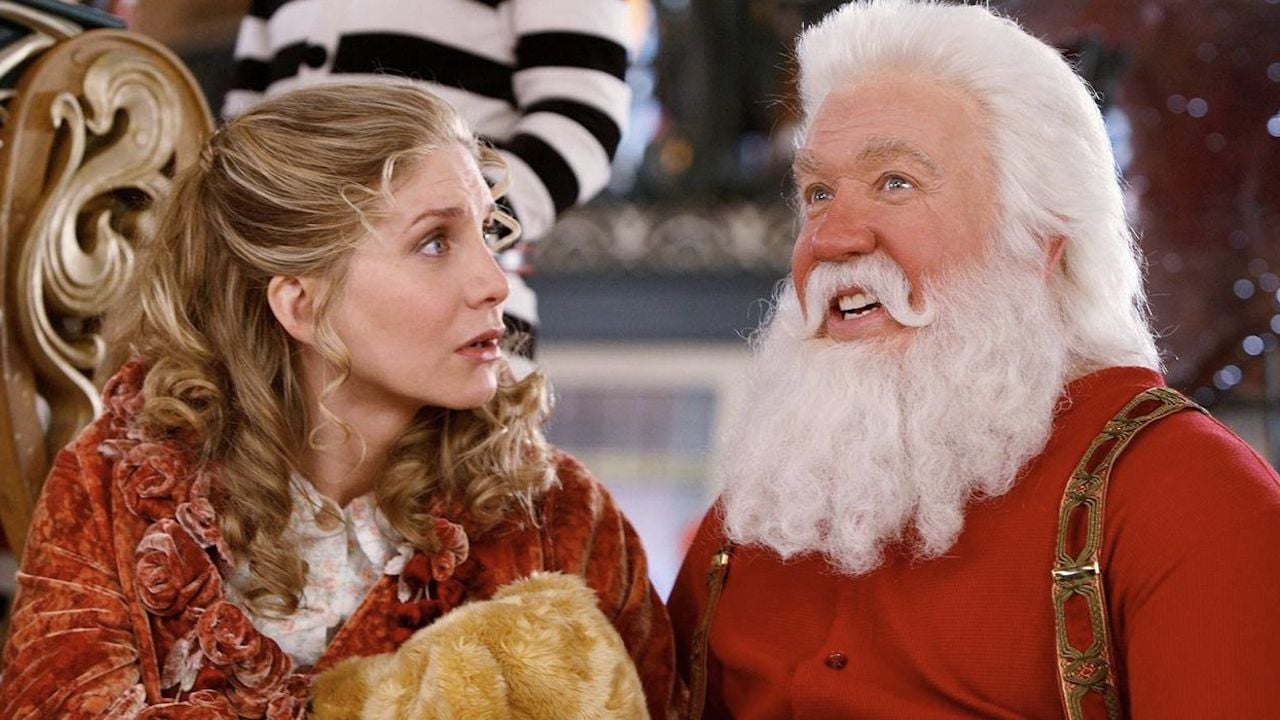Take 5: What ‘Babylon’ can teach writers about story, conflict and theme
January 13, 2023
Babylon gives audiences a glimpse into the wild west of Los Angeles when silent films produced the first movie stars and the thirst for fame, fortune and the pursuit of a dream brought people from around the world to southern California. With an eclectic array of characters largely inspired by Hollywood’s first power brokers, Babylon focuses on three individuals who rise and fall as the film industry transitions from silent films to talkies.
Written and directed by Damien Chazelle, the film stars Brad Pitt, Margot Robbie, Diego Calva and Jean Smart.
Here are five lessons screenwriters can take away from Babylon.
- How to get away with anything
It’s important for writers to set up expectations from the beginning of the story. In Babylon’s first few scenes, the viewer watches some extremely remarkable things, which involves everything from elephant manure to unbridled decadence to the drug overdose of an actress. The wildness that occurs sets the tone of the movie and makes all the unbelievable acts that follow make sense in the context of the film.
The audience is primed to believe just about anything after the first fifteen minutes and Chazelle gets away with a lot of preposterous scenes and actions because of how the film begins. Why wouldn’t the audience accept everything else based on these scenes?
It’s not just Babylon though. Even the first Star Wars film sets the rules and expectations with the scrolling text and first scenes at the beginning of the movie. The viewer believes in the “Force” because they’re primed to by Darth Vader’s actions.
Every movie from superhero action blockbusters to low-budget dramas are built around a world with rules. How you write the beginning of your story will create the expectations your audience has for that world.
- Constant transitions
Babylon is a story of transitions and how its characters navigate their changing world. For a character like silent film star Jack Conrad (Pitt), he’s seeing his star fade as the movies transition to sound. Meanwhile, Nellie LaRoy (Robbie) is a rising star and deals with her newfound fame and glamour versus a previous life in squalor.
These transitions both internally and externally provide constant conflict as the characters steer their existence amid changing times. Every character is impacted by transitions and there are a lot in Babylon for you to study.
Transitioning from silent films to talkies is more than just adding a microphone and some new blocking. Chazelle sets up the world of shooting outdoors, where sound is irrelevant and daylight is both the friend and the enemy of the production. He then shows what it means for every person on set to deal with shooting inside a soundstage and the new level of tension and chaos it brings.
The film shows the power of using change as a theme and ways you can incorporate to increase the stakes in your story.
- Chaos and conflict
One of the most intense scenes of Babylon takes place on the soundstage as Nellie, the director and the crew manage the new technology and limitations of shooting with a microphone. It’s a lesson in rising tension and conflict as every person in the scene grows increasingly on-edge and ready to tear each other’s throats out.
What the filmmakers did was slowly build the frustrations until the characters snap. Everything from the temperature to hitting marks to the sound guy (a new position on movie sets) is used to turn up the heat.
To get here, it was first important to show what shooting a movie was like pre-sound. When Nellie arrives on set for her first film, she is free to move about the set, didn’t have to speak and found the production moving along at the expected pace. Chaos was created by taking this freedom and limiting it, similar to Jack Nicholson’s introduction into the institution in One Flew Over the Cuckoo’s Nest.
- Is it a true story?
Does it matter if this is a true story? The film is a highly-fictionalize version of what the 1920s in Los Angeles could have been. While many of the characters have been known to be based on real people, and there are even real people like Irving Thalberg in it, the film takes a lot of creative licenses as it tells a story about filmmaking before the Hays Code (self-imposed guidelines introduced in 1934 for all motion pictures).
The 1920s, like the rest of the country during the Prohibition years, was filled with decadence as the country fought against the perceived moral codes thrust upon them. The story of Babylon isn’t true but it doesn’t mean it’s not well-researched.
The aforementioned scene on a soundstage is filled with complications many casts and crews faced, as was the chaotic and uncaring way films were shot with little regard for safety. Wild and extravagant parties were thrown and wannabe stars and dreamers made their way west to find fame and fortune.
The characters don’t need to be real, but the world was. You can see how Babylon created historical fiction while providing relevance to today’s cinematic world.
- The price of success
What does it mean to succeed? And what is one willing to give up to achieve it? This is a powerful theme used in stories well before the art of filmmaking and even realized in life. Just think in real life what people were willing to do be successful and what that idea meant to them.
The three individuals Babylon focuses on: Jack, Nellie and Manny (Calva), are all trying to achieve or have reached a certain level of success. Manny will do anything to be a part of the movie industry, Nellie wants to be famous and Jack, who is a highly-accomplished actor, fights to stay relevant and maintain his success.
What price are they willing to pay though for this success?
When writing your next story, consider what your characters want more than anything and what they are willing to do to get it. It’s not always money or fame, sometimes success could be a promotion, a love interest or even saving the planet from a powerful villain.
Babylon is currently playing in theaters.
Written by: Steven Hartman
Steven Hartman is an award-winning, optioned screenwriter. He was a Top 5 Finalist in Big Break’s Historical Category in 2019 and won Best Action/Adventure in Script Summit’s Screenplay Competition in 2021. He holds a Bachelor of Arts degree from Columbia College and had internships at Jerry Bruckheimer Films and Village Roadshow Pictures. Steve is a full-time writer and creative video producer by day and a screenwriter and novelist by night.- Topics:
- Screenwriting & Craft




